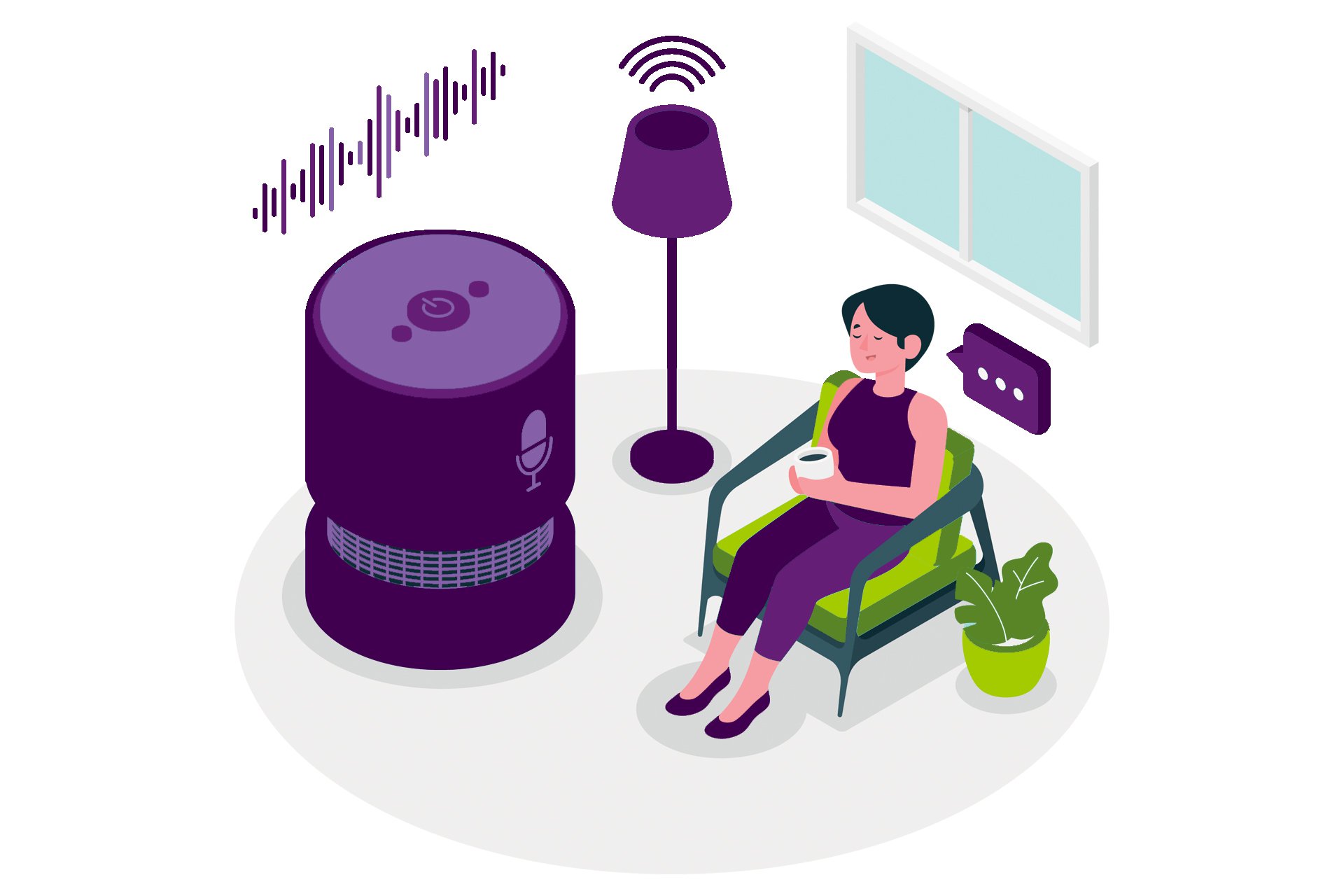
Speech to Text: The Complete 2025 Guide for Small-Business Owners
Introduction
Running a small business means you’re constantly multitasking; inspirations strike while your hands are occupied.
That’s where speech to text steps in.
With just a microphone, your voice transforms into organized, searchable text—saving time and slashing errors.
In this guide, we’ll explore why forward-thinking owners aged 30-55 are adopting voice technology, how check here real-time transcription works, and which tools deliver the biggest bang for your buck.
Ready to reclaim hours each week? Let’s dive in.
Speech to Text Basics: How the Tech Actually Functions
speech to text converts voice signals into machine-readable text using deep neural networks.
Key steps include:
- Audio pre-processing: noise reduction and volume normalization
- Feature extraction: converting audio into Mel-frequency cepstral coefficients
- Neural inference: determining likely characters and copyright
- Post-processing: adding punctuation, capitalization, and formatting
The result is near-instant, human-readable text ready for editing, storage, or analysis.
The Business Case: Why Entrepreneurs Can’t Ignore Speech to Text
Time is money, and speech to text delivers both.
Here’s why owners aged 30-55 are adopting it:
- Productivity Boost: Speaking is roughly 3× faster than typing, slashing document creation time.
- Accessibility & Inclusivity: Team members with disabilities can contribute on equal footing with voice dictation.
- Data Accuracy: Instant transcripts cut down on misinterpretation and lost details in customer calls.
- Cost Savings: By automating note-taking, companies frequently cut admin hours by double digits each month.
Key Features to Look For in a Speech to Text Solution
Evaluating speech to text vendors? Try this punch-list.
| Feature | Why It Matters | Questions to Ask |
|---|---|---|
| Accuracy | Fewer edits | What’s your WER (word-error rate)? |
| Latency | Real-time usability | What’s the average delay in ms? |
| Security | Data protection | Are you SOC 2 compliant? |
| APIs | Workflow fit | Is there a RESTful or WebSocket API? |
| Cost | ROI | Do you bill per minute or per seat? |
Practical Applications of Speech to Text for Small Businesses
Still wondering if voice to text fits your niche? Consider these bite-sized case studies.
- Law Firm (5 employees): Used voice dictation for briefs, saving 15 billable hours/month.
- eCommerce Brand: Real-time transcription of TikTok Lives boosted subtitle engagement by 34 %.
- Consultancy: Meeting transcripts fed into an AI summarizer, generating shareable memos in 60 s.
Implementation Roadmap: Setting Up Speech to Text in Your Workflow
Deploying real-time transcription? Use this quick-start model.
- Week 1: Prototype in a single department.
- Week 2: Collect feedback; adjust custom vocabulary.
- Week 3: Roll out across multiple teams.
- Week 4: Finalize SOPs and lock in enterprise pricing.
Overcoming Common Challenges and Misconceptions
Even stellar tech isn’t immune to hiccups.
Below are common snags and quick fixes:
| Challenge | Root Cause | Solution |
|---|---|---|
| Low Accuracy | Echo-filled rooms | Switch to a cardioid mic; activate noise suppression. |
| Slow Latency | Weak internet | Move to wired Ethernet; upgrade hardware. |
| Privacy Concerns | Unclear policies | Opt for vendors with on-premise or VPC options. |
Future Trends: AI, Multilingual Support & Beyond
The future is buzzing.
Expect these breakthroughs:
- Contextual AI: Tools will detect sentiment and intent in real time.
- Edge Processing: On-device models cut latency to near zero and safeguard privacy.
- Expanded Languages: Vendors aim to cover over 1,000 dialects soon.
- Seamless Translation: Instant speech-to-speech translation will break market barriers.
Early adoption of beta releases keeps you ahead of rivals.

Conclusion
From capturing brainstorms to automating compliance logs, speech to text is no longer optional—it’s a growth catalyst.
The blueprint is in your hands: learn the tech, tick off key features, roll out in agile sprints, and track ROI relentlessly.
Ready to level-up your team’s productivity?
Take action today: sign up for a free trial with a top provider, test it on your next meeting, and watch the efficiency gains roll in.
FAQ
- What is speech to text and how accurate is it?
Speech to text tools use AI to turn voice into text, achieving about 95 % accuracy for many languages.
- Is voice to text secure for sensitive data?
Top platforms include AES-256 encryption and often meet HIPAA/GDPR standards, protecting sensitive transcripts.
- Can I use real-time transcription during video conferences?
Absolutely. Most major speech to text APIs integrate with Zoom, Teams, and Google Meet, generating live captions instantly.
- Does speech to text work with different accents?
Current speech to text models are trained on varied accent libraries and typically maintain strong accuracy across dialects.
- How much does a voice dictation platform cost?
Pricing ranges from free tiers to pay-as-you-go (≈\$0.006/min) up to enterprise plans; most SMBs spend under \$50/month.